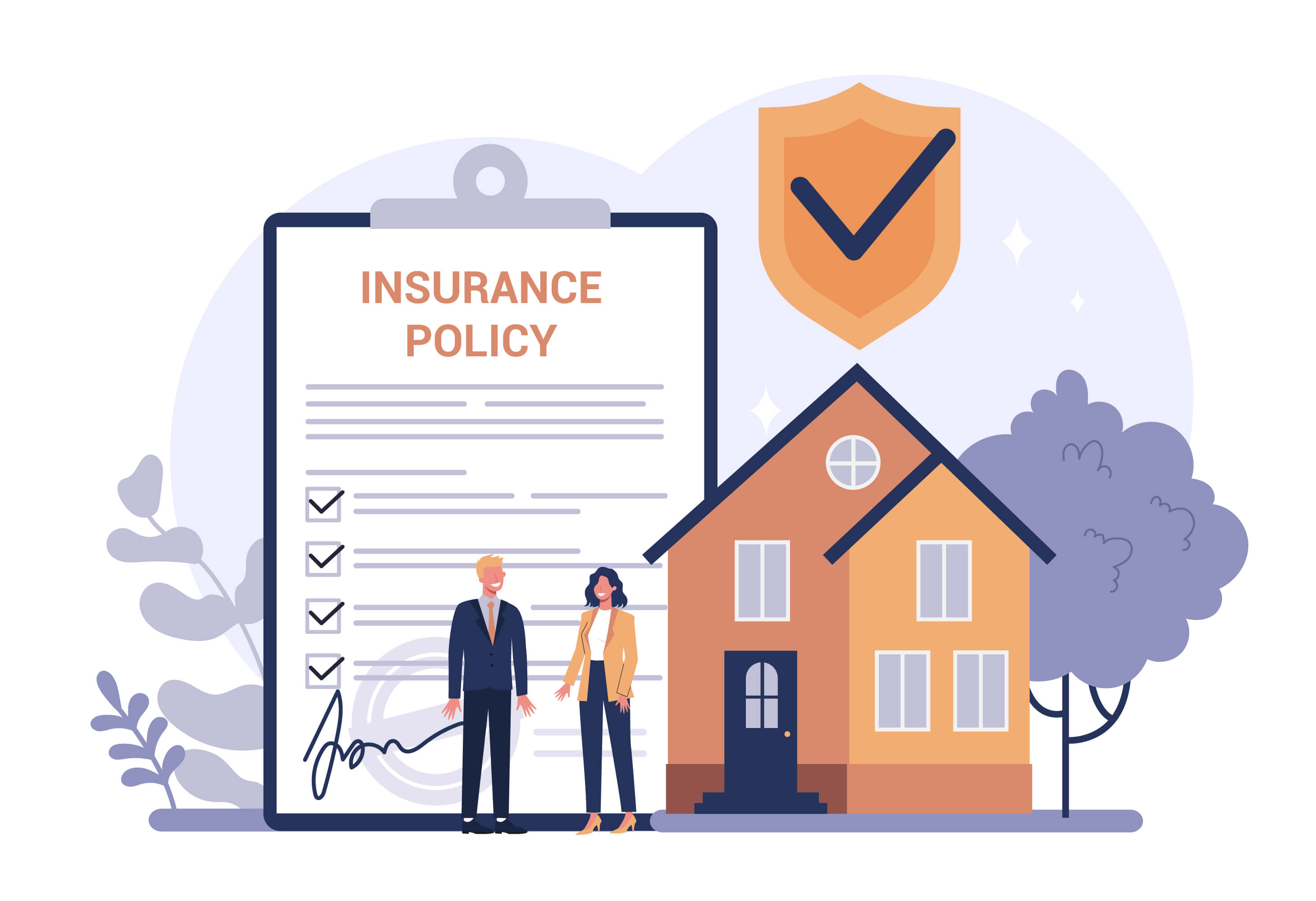Compare Car Insurance Rates 2024: Tips to Save Big
When it comes to finding the right car insurance, there's no one-size-fits-all solution. The rates you pay are influenced by a multitude of factors, from your age and driving history to your credit score and even your marital status.
In 2024, understanding these variables and knowing how to navigate them can save you a significant amount of money. In this advisory blog, we’ll explore the key elements that affect car insurance rates, the importance of comparing quotes, and how you can secure the best possible rate tailored to your specific needs.
1. Understanding the Variables That Influence Car Insurance Rates

Car insurance rates can vary dramatically depending on several personal and external factors. Let’s break down some of the most significant ones:
Age and Experience
Age is one of the most influential factors when it comes to car insurance rates. Generally, younger drivers, especially teenagers, face the highest insurance premiums. For instance, 20-year-old drivers can expect to pay an average of $3,647 per year for full coverage. This is primarily due to their lack of driving experience, which statistically puts them at a higher risk of accidents.
As drivers age and gain more experience, their rates typically decrease. By the time drivers reach their 30s and 40s, their rates drop considerably, with average annual premiums ranging from $1,822 to $2,040. This decrease continues until drivers reach their senior years, at which point rates may start to rise again due to factors related to age and reaction time.
Driving History
Your driving record plays a crucial role in determining your insurance rates. A clean driving record often leads to lower premiums, as it indicates to insurers that you are a lower risk. Conversely, a history of accidents, traffic violations, or serious offenses like DUIs can cause your rates to skyrocket.
For example, a recent DUI can increase your rates by 50% to 100%, pushing annual premiums to anywhere between $3,000 and $6,000, depending on the insurer. Similarly, an at-fault accident can raise your rates by 15% to 50%, reflecting the increased risk you present to the insurer.
Credit History
Credit history is another significant factor that insurers consider. Drivers with poor credit can expect to pay substantially higher rates—sometimes 50% to 150% more—than those with good credit. On average, drivers with poor credit histories pay around $2,795 per year for car insurance. Insurers use credit history as an indicator of financial responsibility, with the assumption that those with better credit are less likely to file claims.
Marital Status and Education Level
While it may seem surprising, your marital status and education level can also influence your car insurance rates. Married drivers often enjoy lower premiums compared to their single counterparts, as they are statistically less likely to be involved in accidents. Additionally, drivers with higher education levels might qualify for discounts with certain insurers, as they are viewed as more responsible and less risky.
2. The Impact of State Regulations and Location

Where you live can have a significant impact on your car insurance rates. State regulations, local accident rates, and even weather patterns can all affect the cost of coverage.
State-by-State Variations
Car insurance rates vary widely from state to state. For example, some states have average rates that are two to three times higher than others for the same driver profile. This disparity is often due to differences in state insurance regulations, the cost of living, and the prevalence of accidents or natural disasters.
In states with higher accident rates or more litigious environments, insurers may charge more to cover their potential losses. Additionally, states that require higher minimum levels of coverage can also drive up the cost of insurance.
Urban vs. Rural Areas
Your specific location within a state also matters. Drivers in urban areas tend to pay more for car insurance than those in rural areas. This is because cities typically have higher rates of traffic congestion, theft, and accidents, all of which increase the risk for insurers. Conversely, rural areas often have fewer cars on the road and lower accident rates, resulting in lower premiums.
3. The Importance of Comparing Car Insurance Quotes

Given the numerous factors that affect car insurance rates, it’s crucial to shop around and compare quotes from multiple insurers. Doing so can help you find the most competitive rate that fits your unique profile.
Why You Should Compare Quotes Annually
Your circumstances can change from year to year, which may affect your eligibility for discounts or lead to changes in your insurance needs. For example, if your credit score improves, you could qualify for a lower rate. Similarly, if you get married or move to a different state, your rates could change.
Comparing car insurance annually ensures that you’re always getting the best deal available. Even if you’re happy with your current insurer, it doesn’t hurt to see if you can save money by switching. Many drivers find that they can save hundreds of dollars per year simply by switching to a different provider.
How to Compare Quotes Effectively
When comparing car insurance quotes, it’s important to ensure that you’re comparing apples to apples. Make sure that each quote you receive includes the same level of coverage and deductibles. This will give you a true sense of how each insurer stacks up against the others.
Additionally, be sure to ask about discounts that might apply to you. For example, many insurers offer discounts for bundling your car insurance with other policies, such as homeowners or renters insurance. You may also qualify for discounts based on your driving history, education level, or even the safety features of your vehicle.
4. Top Car Insurance Providers in 2024
When it comes to finding the best car insurance rates, some providers consistently offer lower premiums than others. Here’s a look at some of the top insurers in 2024
Geico
Geico is known for offering some of the lowest rates for good drivers. The company is particularly competitive in states with high average premiums, making it a great option for those looking to save money without sacrificing coverage. Geico also offers a range of discounts, including those for military personnel, federal employees, and members of certain professional organizations.
American Family Insurance
American Family is another insurer that frequently offers low rates, especially for drivers with clean records. The company is also known for its excellent customer service and a wide array of coverage options, including roadside assistance and rental car reimbursement.
State Farm
While State Farm’s rates tend to be slightly higher than those of Geico and American Family, the company offers a variety of discounts that can help bring down the cost. For example, State Farm offers discounts for safe driving, good students, and even for taking a defensive driving course. Additionally, State Farm has one of the largest networks of agents, making it easy to get personalized service.
Farmers Insurance
Farmers is another major player in the car insurance market, offering a variety of coverage options and discounts. While its rates are often higher than those of Geico and American Family, Farmers is known for its customizable policies, which allow you to tailor your coverage to your specific needs. The company also offers discounts for things like bundling policies and driving a hybrid or electric vehicle.
Allstate
Allstate tends to have higher premiums, but the company offers a range of tools and resources that can help you manage your policy and potentially lower your rates. For example, Allstate’s Drivewise program tracks your driving habits and rewards you with discounts for safe driving. Additionally, Allstate offers a variety of coverage options, including accident forgiveness, which can help prevent your rates from going up after an at-fault accident.
5. The Role of Discounts in Lowering Your Car Insurance Rates
Discounts can play a significant role in reducing your car insurance premiums. Understanding the types of discounts available and how to qualify for them can help you maximize your savings.
Common Car Insurance Discounts
-
Safe Driver Discounts: Many insurers offer discounts to drivers who maintain a clean driving record for a certain number of years. These discounts can range from 10% to 30% off your premium.
-
Good Student Discounts: If you’re a student with good grades, you could qualify for a discount of up to 25%. Insurers see good students as responsible and less likely to engage in risky driving behavior.
-
Bundling Discounts: If you have multiple insurance policies with the same company—such as home, auto, and life insurance—you can often save by bundling them together. Bundling discounts can range from 5% to 25%.
-
Vehicle Safety Discounts: If your car is equipped with certain safety features, such as anti-lock brakes, airbags, or a security system, you might qualify for a discount. These discounts can vary but typically range from 5% to 15%.
-
Low Mileage Discounts: If you don’t drive your car very often, you could qualify for a low mileage discount. Insurers offer these discounts because less time on the road means a lower risk of accidents.
How to Maximize Your Discounts
To maximize your savings, it’s important to ask your insurer about all the discounts they offer. Some discounts may not be advertised prominently, so it’s worth inquiring directly. Additionally, consider taking steps to qualify for more discounts, such as improving your credit score, taking a defensive driving course, or installing safety features in your vehicle.
6. Why Shopping Around for Car Insurance is Essential
Given the complex array of factors that influence car insurance rates, shopping around is essential to finding the best deal. Here’s why:
Underwriting Differences Between Insurers
Different insurers have different underwriting criteria, meaning they assess risk differently. One insurer may place more emphasis on your credit score, while another might prioritize your driving history. This can lead to significant differences in the quotes you receive from different companies.
For example, if you have a less-than-perfect credit score, one insurer might charge you a significantly higher premium, while another might offer a more reasonable rate. By shopping around, you can find the insurer whose underwriting criteria align best with your circumstances.
The Potential for Significant Savings
The difference in quotes between insurers can be substantial. Even for the same level of coverage, one insurer might offer a rate that’s hundreds of dollars less per year than another. This is why it’s crucial to obtain quotes from multiple companies before making a decision.
By comparing quotes, you can ensure that you’re getting the most value for your money. Additionally, shopping around allows you to discover discounts or coverage options that you might not have been aware of otherwise.
Final Thoughts
In 2024, comparing car insurance rates is more important than ever. With so many factors influencing your premiums—ranging from age and driving history to credit score and location—it’s essential to find the insurer that best matches your unique profile. By understanding these factors and shopping around for quotes, you can secure the coverage you need at a price you can afford.
Remember, your car insurance needs can change over time, so it’s a good idea to review your policy annually and compare quotes to ensure you’re still getting the best deal. With the right approach, you can save money, gain peace of mind, and stay protected on the road. Safe driving!
LATEST

Last updated: Sep 10, 2024

Last updated: Sep 10, 2024

Last updated: Sep 10, 2024

Last updated: Aug 19, 2024

Last updated: Sep 10, 2024

Last updated: Sep 10, 2024

